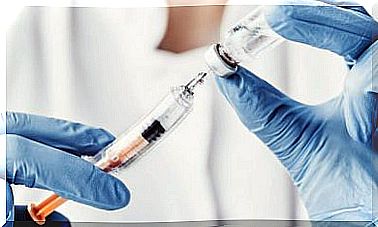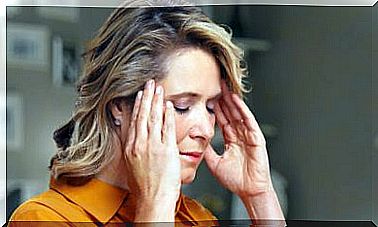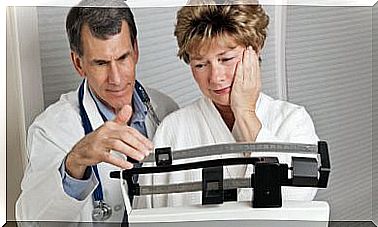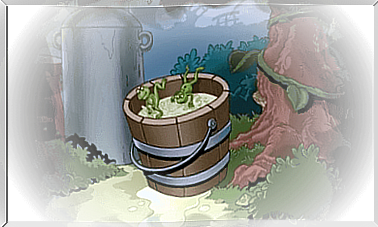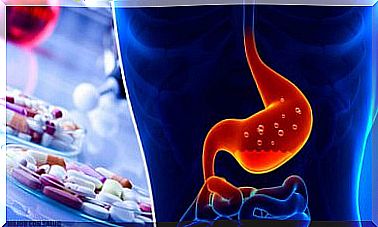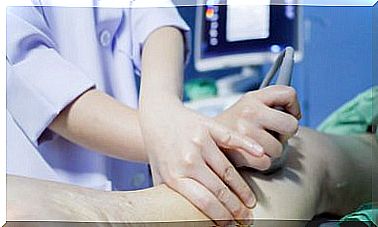Rotator Cuff Tear: Stages Of Rehabilitation
The rotator cuff is a group of muscles and tendons that surrounds the shoulder joint. A rotator cuff injury can lead to a dull ache in your shoulder, which is often worse when you try to sleep on the affected side.
The risk of suffering a rotator cuff injury increases with age.
Rotator cuff tear symptoms
Pain related to a rotator cuff injury can manifest itself in a number of ways, including:
- Dull pain deep in the shoulder.
- Disturb your sleep, especially if you sleep on the affected shoulder
- Make combing your hair or touching your back difficult.
- Be accompanied by weakness in the arm.
Phases of treatment
Postoperative rehabilitation after rotator cuff surgical repair should begin with close communication between the trauma physician and the rehabilitating physician.
The ideal rehabilitation program would be the one that best allows the tendon to heal to the bone and prevent stiffness in the shoulder.
However, because each patient and each rotator cuff tear is different, it is important that any type of rehabilitation takes this difference into account, to obtain a good result.
Personalized rehabilitation
The stages of rehabilitation must be individualized for each patient, depending on:
- Type and size of the tear.
- Quality of fabrics.
- Surgical technique used.
- Repair security.
- Age.
- Activity level.
- Personal goals of each patient.
Patients with large or massive tears are more likely to re-tear and therefore must follow a slower rehabilitation protocol to protect the surgical repair performed.
On the contrary, patients with risk factors for developing shoulder stiffness in the postoperative period require early mobilization to prevent this complication.
The stages of rehabilitation are based on the periodic evaluation of the patient. Likewise, a home exercise program should be incorporated into each phase of rehabilitation treatment.
Rotator cuff rehabilitation programs
There are two types of programs:
1. Conservative
In the conservative program , the treatment phases are delayed 2-4 weeks, in order to minimize stress on the tissues and facilitate their healing.
In principle, patients over 50 years of age, with massive ruptures of more than one tendon and / or with poor tissue quality, require a conservative treatment program.
2. Accelerated
In the accelerated one, they are advanced 2-4 weeks, as there is no risk of damaging the repaired structures or requiring an early start.
Patients younger than 50 years, with small tears, of only one rotator cuff tendon and good tissue quality, would be appropriate for a standard or accelerated treatment program.
Stages of rotator cuff rehabilitation
In the case of rehabilitation after arthroscopic rotator cuff repair, there are four stages.
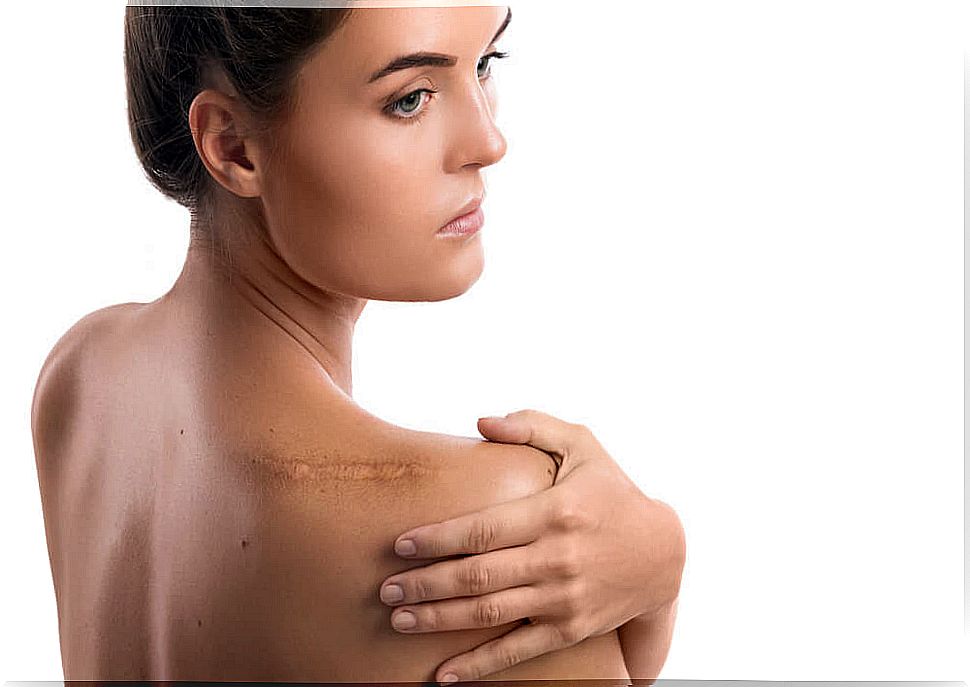
Stage 1: immediate postsurgical
Maintenance and protection of the repair in the immediate postoperative period from 0 to 4 weeks, includes the following guidelines:
- Shoulder immobilization splint in slight abduction and internal rotation.
- Sleeping with the splint, in a recliner and with a pillow under the arm.
- Remove restraint only for grooming and exercises.
- Cryotherapy.
- Pendulum exercises.
- Active elbow / wrist / hand exercises, in full joint range.
- Cervical spine stretches.
Stage 2: protection and protected active mobilization
Progression from early passive range of motion to functional active range of motion is 4 to 10 weeks.
- At 4 weeks : passive mobilization, in supine position.
- After 6 weeks : complete passive mobilization, start active-assisted and active mobility.
- At 8 weeks: scapulothoracic exercises, submaximal isometric, closed kinetic chain and proprioceptive exercises, open kinetic chain.
Stage 3: early strengthening
Initiation of muscle strengthening that goes from 10 to 14 weeks. The following objectives should be achieved:
- Full active mobility.
- Reestablish muscular strength, power and endurance.
- Neuromuscular and proprioceptive control.
- Strengthening of the periscapular muscles.
- Gradual return to activities of daily living.
Stage 4: advanced strengthening
Until reaching the levels of functionality prior to the injury. It goes from 14 to 22 weeks. The objectives to be achieved are:
- Complete and painless active mobility.
- Return to sports activities.
- Regain normal muscular strength, power and endurance.
- Return to all activities.
